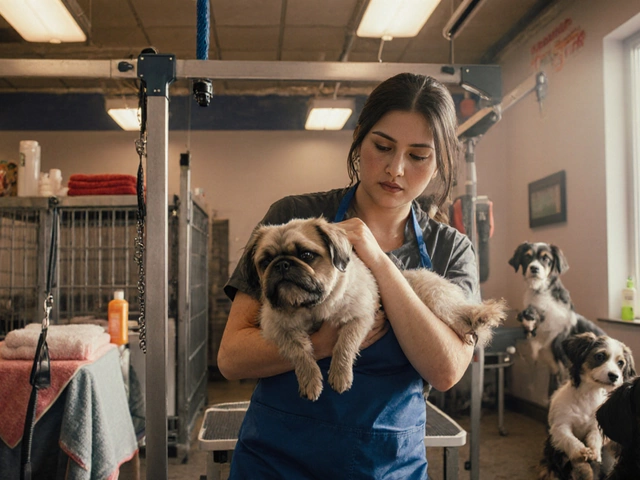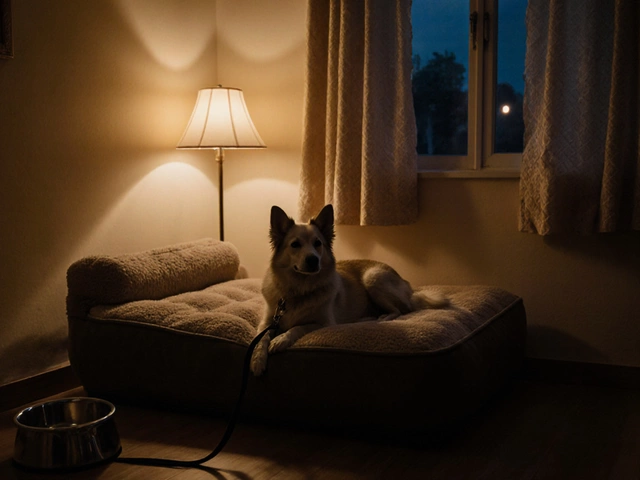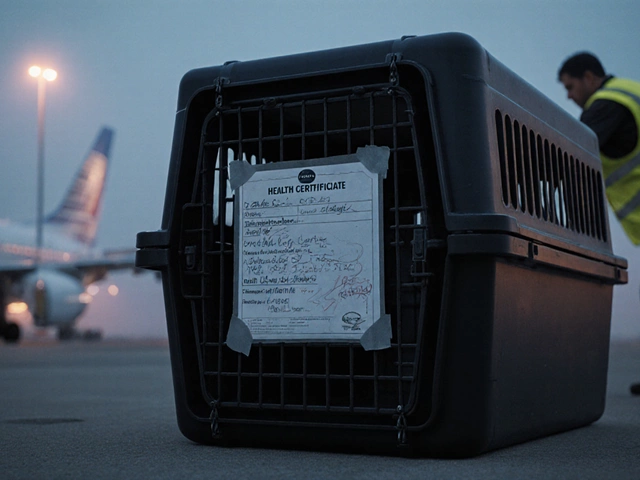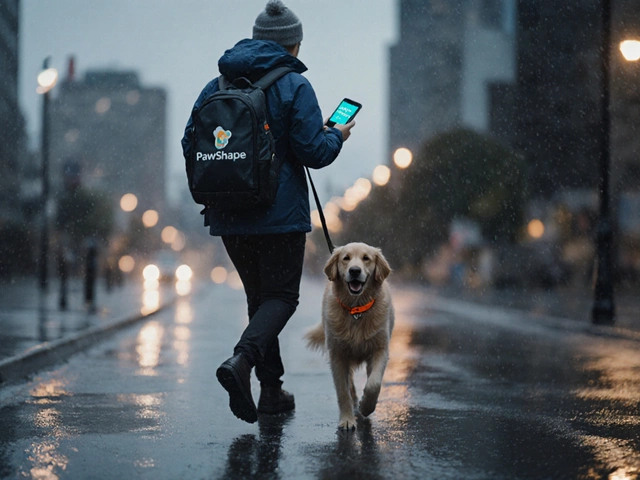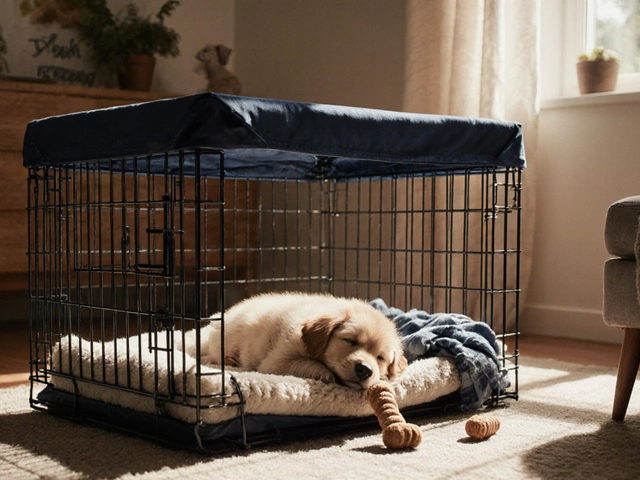Dog Airplane Seat: Keep Your Pup Safe and Cozy in the Sky
Flying with a dog can feel like a big leap, but the right airplane seat makes it painless. This guide shows you how to choose a seat that meets airline rules, fits your dog’s size, and stays secure during turbulence. Follow these steps and you’ll both enjoy a smoother ride.
Choosing the Right Dog Seat for the Plane
First, check your airline’s pet policy. Most carriers allow small dogs under 20 lb in the cabin, but they require an approved carrier that fits under the seat in front of you. Look for a carrier labeled “airline approved” or “certified for aircraft use.”
Measure your dog from nose to tail and add a few inches for comfort. The carrier should let your dog stand, turn around, and lie down without hitting the walls. A soft‑sided carrier is lightweight, but a hard‑shell model offers extra protection if the plane jolts.
Ventilation matters. Mesh panels on all sides keep air flowing and reduce stress. If your dog gets anxious, choose a carrier with a top opening so you can talk to them without opening the whole thing.
Weight limits are strict. Many airlines cap the combined weight of carrier and dog at 22 lb. Use a kitchen scale to double‑check before you head to the airport.
How to Install and Use a Dog Airplane Seat Safely
Once you have the right carrier, practice positioning it at home. Slide it under a chair or a couch to mimic the airplane seat. Make sure it sits flush against the back of the chair; a gap can let the carrier slide forward during takeoff.
Secure the carrier with the seat belt. Pull the belt out, loop it through the carrier’s designated strap (most have a metal loop or a metal ring), and click it back in. The belt should be snug but not so tight that it squeezes the carrier.
Before boarding, give your dog a chance to stretch and do a bathroom break. A quick walk around the terminal helps release nervous energy and reduces the urge to potty during the flight.
During the flight, keep the carrier closed but not locked. If your dog starts barking or whining, calm them with a familiar blanket or toy. Some owners bring a small treat pouch—just make sure the treats are soft enough not to create a mess.
When you land, open the carrier as soon as the seat belt sign is off. Let your dog out to stretch and hydrate before you head to baggage claim.
Following these simple steps ensures your dog’s airplane seat does its job: keep them safe, comfortable, and calm from gate to gate. Happy travels!

Flying With Dogs: Can Your Dog Sit on the Airplane Seat? (Rules, Tips & Airline Requirements)
Wondering if your dog can ride on an airplane seat? Unpack airline rules, real tips, stories, and everything dog owners need before booking the next flight.
read more